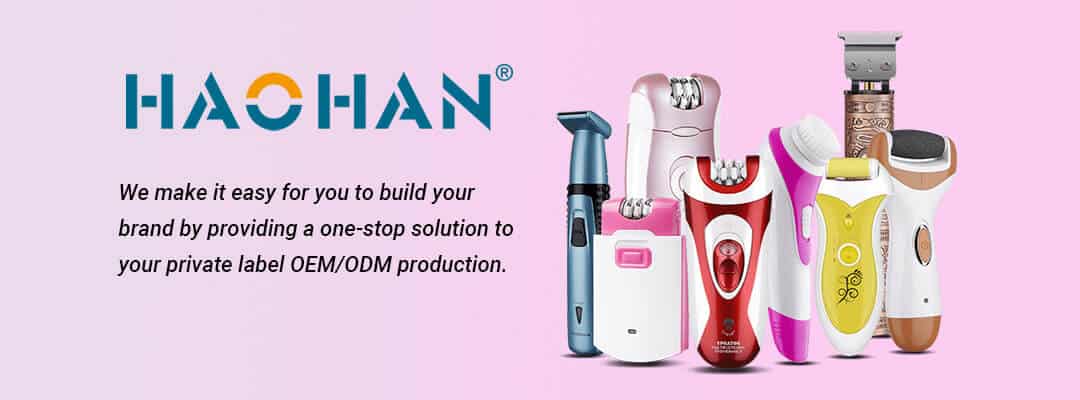Haircut is a rigid demand. There is a wide market in any place. Men, women, old and young are all potential target customers. Therefore, opening a barber shop is a very good entrepreneurial choice.
The preparations before opening a shop are crucial to the success of a barber shop. Market research and positioning, decoration and equipment procurement, license application and legal operation. The following is a detailed list of some preparations, combined with relevant figures and information in the reference article:
Market research and positioning
Analyze market demand:
- Investigate the flow of people, consumer groups, competitors and other conditions in the target area to understand market demand and potential opportunities.
- Determine the positioning of the barber shop according to market demand, such as high-end customization, fashion trends, fast and convenient, etc.
Site selection evaluation:
- Choose a location in a bustling area with a large flow of people to attract customers.
- Consider the convenience of transportation and be close to public transportation stations for easy arrival of customers.
- Analyze the surrounding competition to avoid direct competition with too many stores of the same type.
Capital budget:
- Based on market research and positioning, formulate a reasonable store opening budget, including equipment procurement, decoration, employee wages, marketing and other expenses.
Decoration and equipment procurement
Store decoration:
- Choose a decoration style that matches the positioning of the barber shop to ensure comfort, cleanliness and characteristics.
- Rationally plan the layout of the store to ensure that there are enough barber work areas, storage areas, customer waiting areas, etc.
Equipment procurement:
- Purchase high-quality barber tools and equipment, such as scissors, clippers, hair dryers, perming tools, etc.
- Consider the durability, ease of use and maintenance cost of the equipment to ensure long-term stable operation.
Staff recruitment and training
Recruit employees:
- Recruit experienced and skilled hairdressers to ensure high-quality barber services.
- Recruit employees with good service attitude and strong communication skills to improve customer satisfaction.
Employee training:
- Provide professional skills training for employees to ensure that they are proficient in various barbering and hairdressing skills.
- Train employees’ service awareness, hygiene awareness and safety awareness to improve the overall service level.
System establishment and marketing promotion
Establish a system:
- Develop detailed store rules and regulations, including employee behavior standards, service processes, hygiene standards, etc.
- Establish a financial management system to ensure the safety of funds and reasonable expenditure.
Marketing and promotion:
- Develop marketing strategies, including promotions, membership systems, social media promotions, etc.
- Use social media platforms to publish high-quality hairstyles and promotions to attract potential customers.
- Cooperate with surrounding businesses to promote and carry out joint promotions or discounts.
License application and legal operation
- Apply for licenses: Apply for relevant licenses according to local policy requirements. Ensure that the store operates legally and abides by relevant laws and regulations.
- Understand policies: Understand the policies and regulations of the local beauty and hairdressing industry to ensure that the store operates in compliance with regulations.
Through the above preparations, you can be fully prepared to open a barber shop and increase the success rate of opening a shop.
So, what do you need to prepare to open a barber shop? Let’s take a look!
Equipment needed for a barber shop:
1. Main barber tools:
- Scissors: Professional scissors are used to trim and shape hairstyles.
- Clippers (electric hair clippers): Suitable for quickly removing large amounts of hair, such as men’s short hair.
- Combs: Combs of various sizes and shapes are used to comb and partition hair.
- Hair dryers: Used to blow dry hair and help shape hairstyles.
- Perm tools (such as curling irons, straighteners): Used for perming and straightening hair.
2. Auxiliary equipment:
- Barber chairs: Comfortable chairs for customers to use.
- Barber mirrors: Allow hairdressers to clearly see the customer’s hair and face.
- Aprons: Protect customers’ clothes from contamination by hair debris.
- Tool carts or trays: Used to place tools such as scissors and combs.
3.Hair washing facilities:
- Hair washing area: including hair washing chair, faucet and hair washing basin.
- Shampoo, conditioner and towel: provide customers with basic supplies for hair washing services.
4. Cleaning and disinfection equipment:
- Vacuum cleaner: used to clean hair debris on the ground.
- Disinfection equipment: regularly disinfect hair cutting tools to ensure hygiene and safety.
Abilities required for hairdressers:
- Skilled: hairdressers should be proficient in various hair cutting and hairdressing techniques, and be able to design suitable hairstyles for customers according to their face shape, hair quality and needs.
- Communication skills: hairdressers should have good communication skills, be able to accurately understand customers’ needs, and give professional advice.
- Service attitude: hairdressers should provide high-quality services so that customers feel comfortable and happy during the haircut process.
- Continuous learning: the hairdressing industry is constantly developing, and hairdressers should maintain a learning attitude and constantly update their knowledge and skills.
- Hygiene awareness: hairdressers should always maintain cleanliness and hygiene, ensure the cleanliness of the work area and tools, and provide customers with a safe and hygienic environment.

